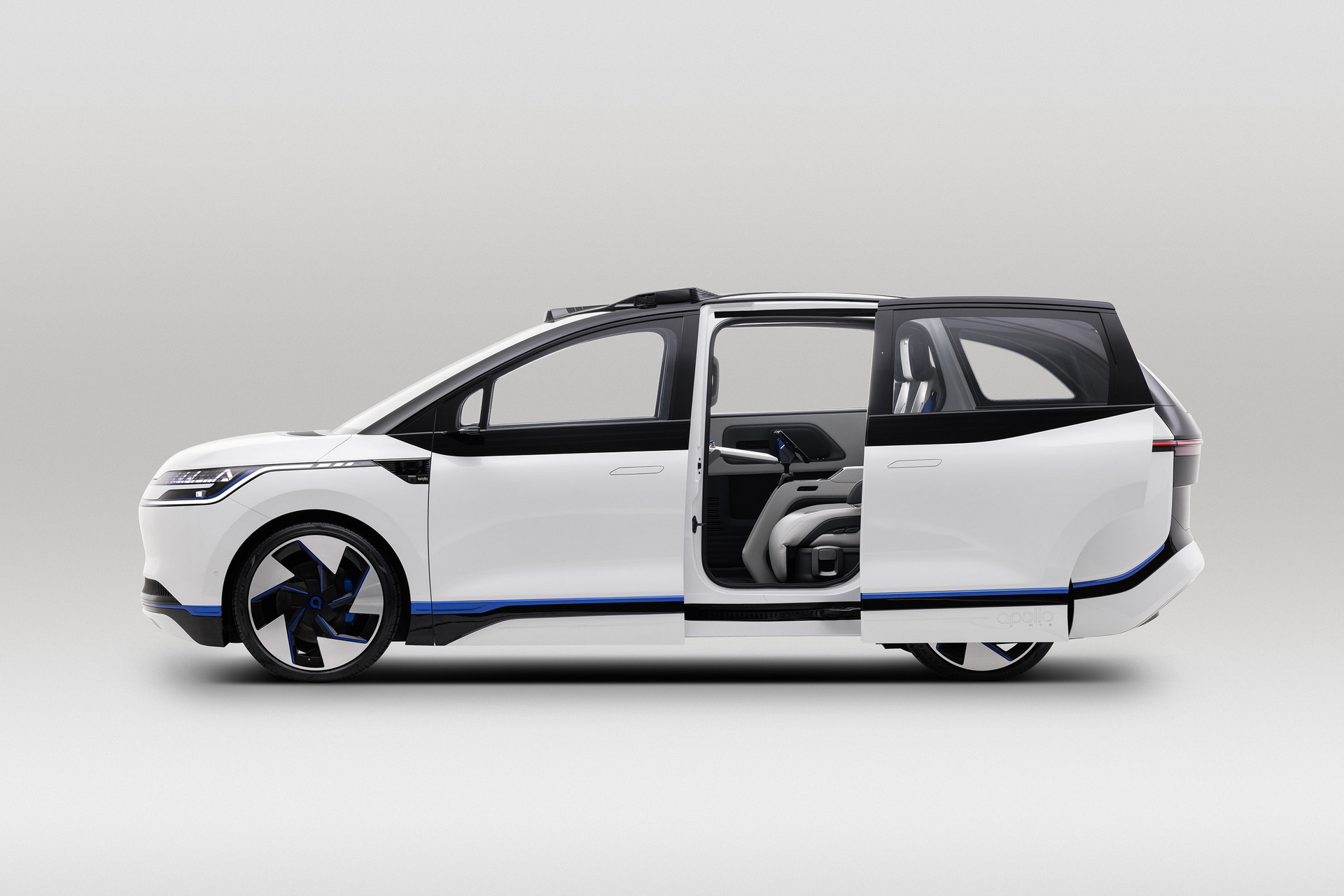Baidu has received the green light to begin testing fully-autonomous taxis in two major Chinese cities, a first for a company in China.
The technology giant received regulatory approvals to operate its Apollo Go autonomous ride-hailing service in Chongqing and central Wuhan. The services will initially be quite limited with just five robotaxis operating in each city.
Users of the Apollo Go service in Wuhan will be able to order an autonomous robotaxi between 9 a.m. and 5 p.m. while residents in Chongqing will be able to get one from 9:30 a.m. to 4:30 p.m. The robotaxis will operate within the 13 square kilometer Wuhan Economic and Technological Development Zone and a 30 square kilometer zone of Chongqing’s Yongchuan District.
Read More: Baidu Claims Its Autonomous Tech Is Ahead Of Tesla
“We have finally come to the moment that the industry has been longing for,” vice president and chief safety operation officer of Baidu’s Intelligent Driving Group, Wei Dong, said in a statement. “We believe these permits are a key milestone on the path to the inflection point when the industry can finally roll out fully autonomous driving services at scale.”
While Baidu already operates its robotaxis in Beijing, the key difference with the Chongqing and Wuhan services is that the robotaxis will not have a human driver behind the wheel.
“Chinese authorities are normally very conservative and they are [often] not willing to give the green light to technological innovations and innovative products, partner at private equity firm Unity Asset Management, Cao Hua told the South China Morning Post. “The driverless taxis must have proved to be very safe before they could secure the regulatory permits.”
Baidu has been operating its robotaxis in 10 Chinese cities since 2020 and has completed more than 1 million rides. Nikkei Asia notes that the Chinese government wants to establish the country as a global lead in autonomous driving and according to think tank Renub Research, the nation’s autonomous vehicle market could reach $98.9 billion by 2030.





